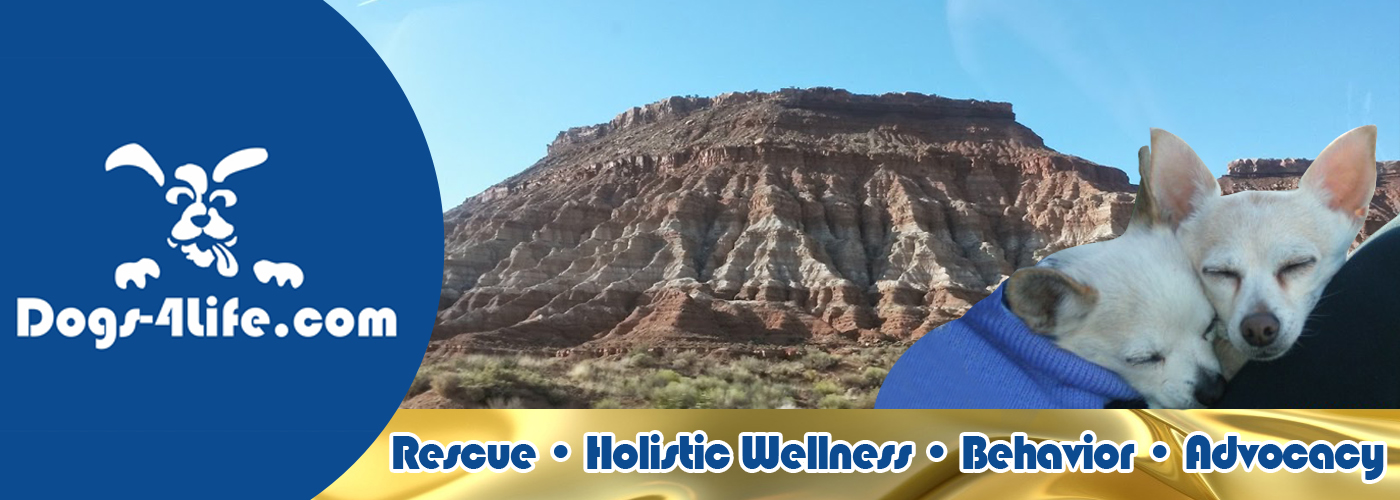Like many a proud parent I will acknowledge that I am not shy about revealing the “genius” qualities of our dogs ..and that perhaps our dogs even understand our speech!
I have written in past issues how one of our little dogs,sinja, talks to me to tell me what she wants. A short bark means she wants water if we are in the car, 2 barks means time to go out, a tap on the foot means pick me up, etc.
I’ll bet many of you have enjoyed similar communications with your best friend.
Well, researchers have now jumped on board and determined that their border collie has the ability to UNDERSTAND more than 1000 words, and that was not limit of the dog’s abilities.
It is such a revealing concept about the special nature of dogs ,our relationship to them and their innate capabilites that I am including major excerpts below… I found it fascinationg and I think you will too
Here it is
“Researchers at Wofford College discovered that a border collie comprehends the names of over 1,000 objects, differentiating between names of objects and orders to fetch them.
…….
(They addressed) two central questions with their research:
How large can a dog’s vocabulary become if given extensive training?
What do dogs actually understand when we use human language to communicate with them? ….
The authors demonstrated that their dog, Chaser, learned the names of 1,022 objects — no upper limit is apparent — they stopped training the dog after three years due to their time constraints, not because the dog could not learn more names.
This study demonstrates Chaser’s ability to learn the names of proper nouns,and her extensive vocabulary was tested repeatedly under carefully controlled conditions.
The authors admitted that she remembered the names of each of her
1022 toys better than they could.
Chaser’s ability to learn and remember more than 1000 proper nouns, each mapped to a unique object, revealed clear evidence of several capacities necessary for learning receptive human language: the ability to discriminate between 1,022 different sounds representing names of objects, the ability to discriminate many objects visually, an extensive vocabulary, and a substantial memory system that allowed the mapping of many auditory stimuli to many visual stimuli.
Their second experiment demonstrated that Chaser really understands that these are names, and not commands to fetch the object. In order to test independence of meaning of nouns and commands, the authors randomly combined nouns with commands to see if Chaser would produce the correct behavior toward the correct object in each trial. Without special training, Chaser responded to each combination correctly, even on the first trial, demonstrating that Chaser understood that the commands and proper-noun names had independent meanings. The dog understands that names refer to particular objects, independent of the action requested involving that object.
Their third experiment demonstrated that the dog also understands names for categories of objects or common nouns, and not just individual names or proper nouns.
For instance, she learned that name “toy” referred to the 1022 objects she was allowed to play with, each with a proper-noun name.
By forming categories represented by common nouns, Chaser mapped one label onto many objects. Chaser also demonstrated that she could map up to three labels onto the same object without error.
For example, Chaser knew the proper-noun names of all objects used in the research. Chaser also mapped the common noun “toy” onto these same objects. Her additional success with the two common nouns “ball” and “frisbee”demonstrates that she mapped a third label onto these objects.
Her demonstrations of one-to-many and many-to-one noun/object
mappingsreveal flexibility in the referential nature of words in
border collies.
Each of these experiments showed that the dog could learn names
using procedures involving associative learning. Their fourth
experiment demonstrated that Chaser could also learn names by
exclusion — inferred the name of a(n) … object by exclusion of
familiar already-named objects.
…..
“This research is important because it demonstrates that dogs….can develop extensive vocabularies and understand that certain words represent individual objects and other words represent categories of objects, independent in meaning of what one is asked to do with those objects.”
Additional research is needed to determine whether these impressive language abilities are shared by other breeds of dogs.
This work encourages research into how the historical relationships between humans and dogs may have influenced the abilities of dogs to communicate with humans, and whether this influence is unique to dogs.” END ScienceDaily
———-
For any who have doubted that dogs are special, the fallacy of their notions have now been scientifically laid to rest… I am looking forward to new developments in this area with other and mixed breeds and even larger pools of words .
